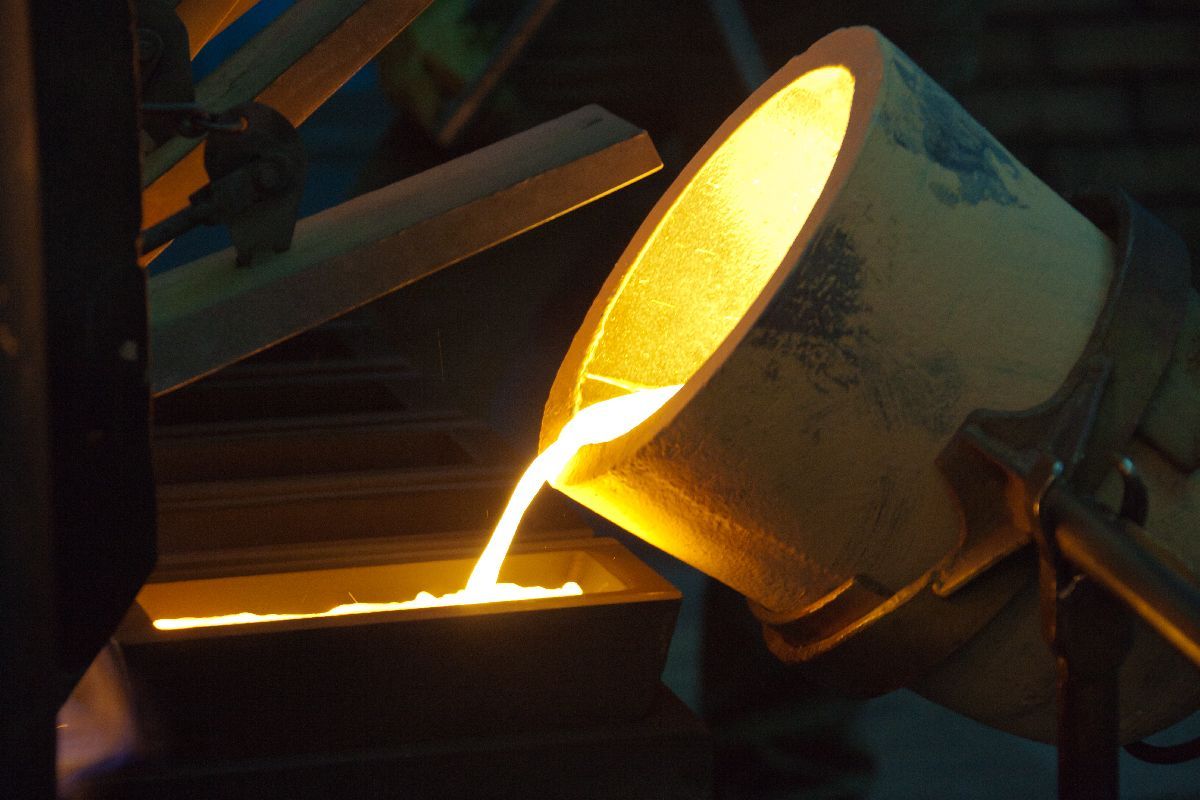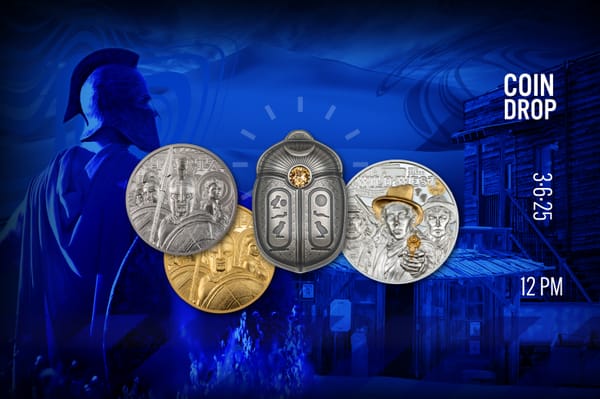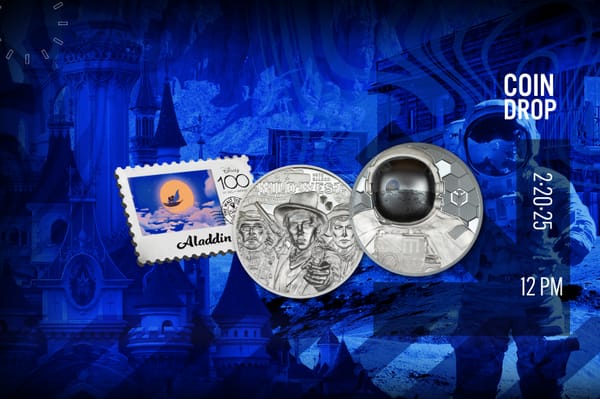Insider Secrets to Buying Precious Metals
Shouldn’t I be able to buy silver and gold at market price?
You’ve done your research. You know that buying gold and silver is a good idea. You want to make sure that you buy at the right price. How do you make sure that the deal you found is legit? Just find the price of silver and gold online and go buy it, right? Unfortunately it’s not quite that simple.
You may have already discovered that to buy precious metals dealers usually charge more than market price. You might even find an advertisement where a dealer is selling below market price, all you have to do is sign up for something. It can get confusing.
Here we will simplify everything. What you need to learn first are a few terms used in the industry. Terms like spot price, premium and numismatics. When you understand these terms you will also have an idea about how the precious metal market work. This will help you get the best deal and you will be less likely to be taken advantage of by unethical dealers.
To begin with, let’s start with the basics in buying anything…
Why is anything worth what it is worth?
This might seem to be a crazy question, but I want you to really think about it. What is a gallon of gas or a gallon of milk worth? What is your smart phone or computer worth? What is your vehicle worth? What is your house worth? These questions affect the financial aspect of every part of our lives every day.
The real secret to any items value is really rather simple: In a free market everything you can buy or sell is worth what someone is willing to pay for that item.
Think about it. I didn’t say it is worth what you want to pay for an item, but it is worth what someone is willing to pay for that item. You may want to buy a gallon of gas for a nickel a gallon, but you need the gas so you can drive to work, so you are willing to pay the price at the pump. If the price goes up too high though, you might reduce your need for gas by driving less or getting a more fuel efficient vehicle.
Factors that change what someone is willing to pay for an item include both the human effort required to supply the item and the demand that exists for that item. So prices for any item you buy can change based on either end of this equation. Remember this equation, it can help you with anything that you buy or sell, including precious metals:
Item Cost = (Cost of Supply) x (Market Demand)
To illustrate this formula consider a glass of water. Water is something that you need to live. This should make water very valuable. Except water is typically abundant where we live.
Did you have to pay for the last glass of water that you got at a restaurant? Probably not. The reason is the cost of supply is pretty low for drinkable water. Low enough that the restaurant can afford to give it to their customers for free. (Even though you need water to live with such a great low cost supply the price of a glass of water has gone down to free.) Demand for a better quality of water however is high, so you can choose pay quite a bit for certain bottled water brands because of your desire for the quality of that bottled water.
Now let’s say you are in the desert with no water. You have been searching for 2 days. You are about to die. How much would the same glass of water that is free at a restaurant be worth to you? Is any price too high? It has now become a matter of life and death to get that same glass of water. The supply has gone down and so if you could find a glass of water you would be willing to pay all the money you have. The reason is because the demand has increased and the supply has decreased. You are willing to pay whatever you feel your life is worth because without that glass of water you will die.
Gold and silver both have the same factors that will determine what you will have to pay to own the precious metal. The factors are called spot price, premium and numismatics.
First let’s consider spot price.
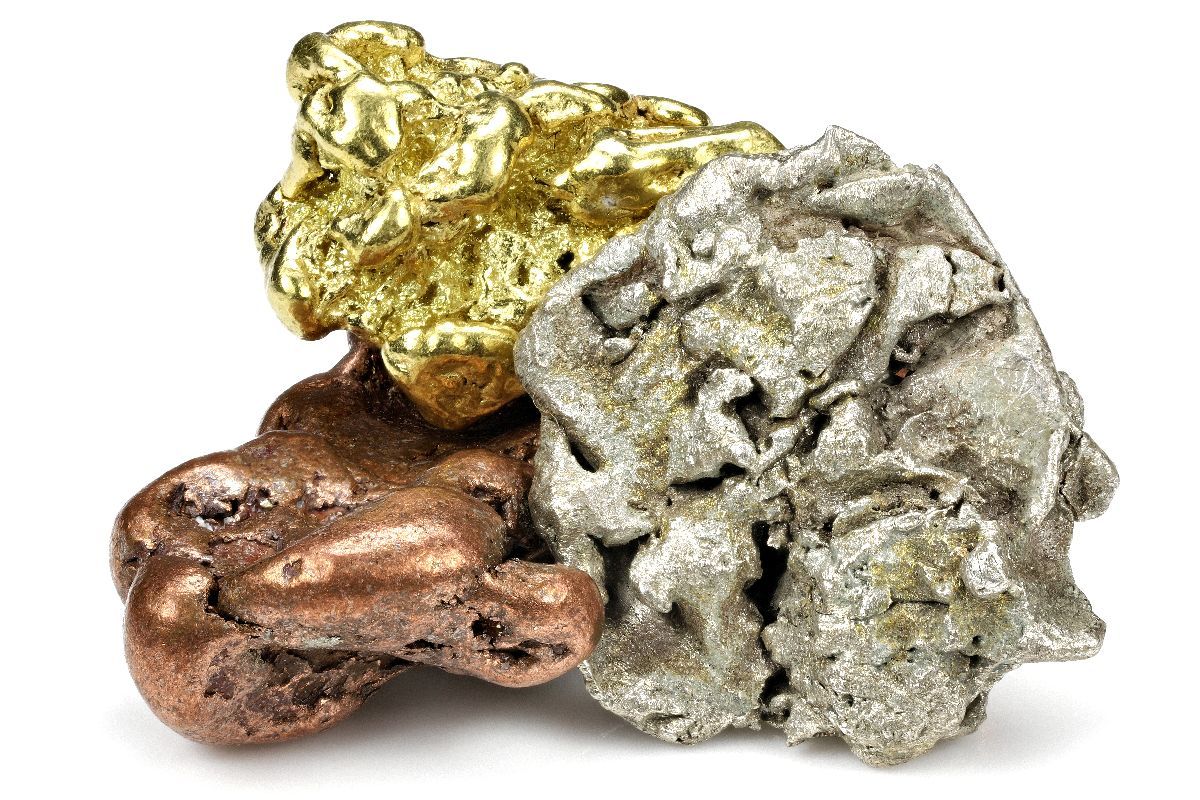
If you look up the definition of spot price on google you will find that “The spot price is the current price in the marketplace at which a given asset can be bought or sold for immediate delivery.” Everything bought and sold on the market has a spot price that goes up and down. Stocks, bonds, commodities and currencies all have a spot price. The spot price will vary from day to day in all the various exchanges and markets.
When it comes to commodities – nothing from potatoes to pork just appear out of thin air. It takes work and often capital to grow potatoes or pigs. It also takes a lot of work to get silver or gold.
The market price must pay for all the human effort it takes. First you must find the silver or gold. Second you have to get the silver or gold out of the ground where it has been found. Third you have to purify the raw ore.
If the market price doesn’t pay for all of the human effort costs to supply the precious metal the mines will shut down. For some reason we tend to be more willing to put in the work (human effort) when we are getting paid.
In our formula above we come to understand that the market or spot price of a precious metal really represents the cost to supply the market’s demand. Here is a working definition to help us understand spot price.
Spot price = The Human Effort to Supply the precious metal to the market demand.
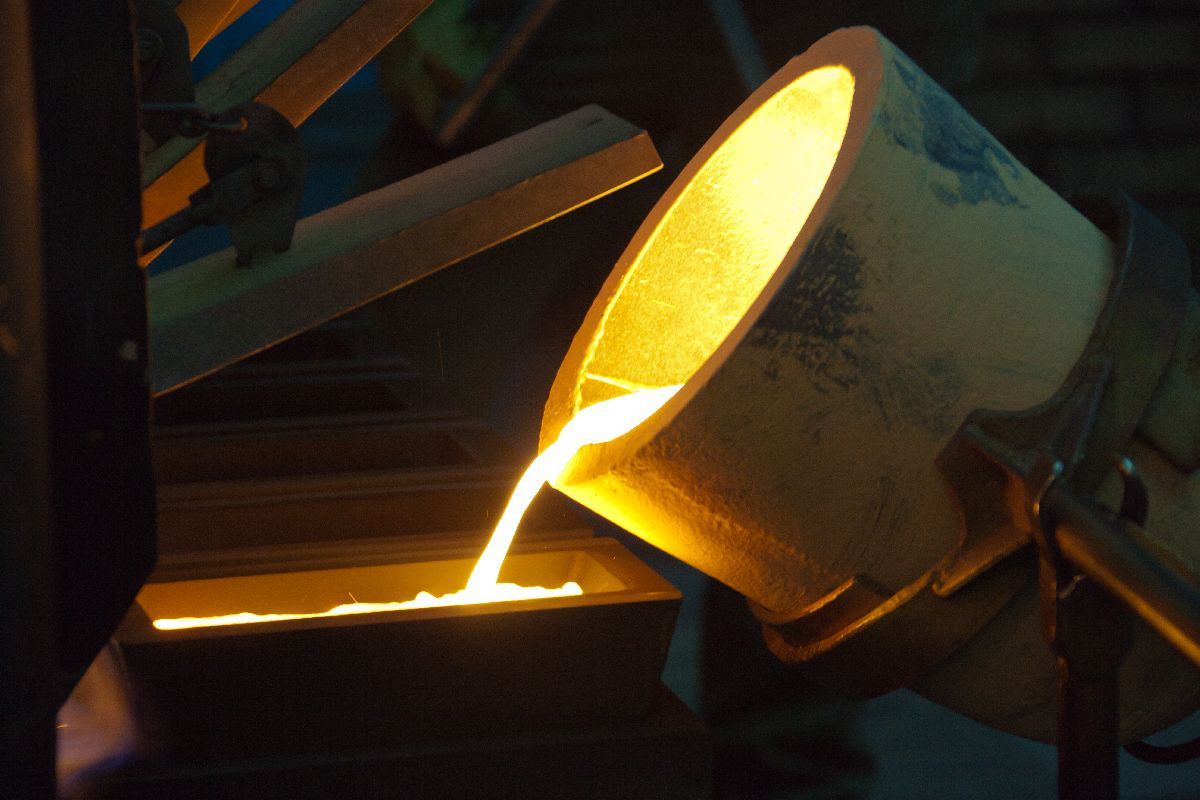
Now there is one more step. In order for us to buy and collect any precious metal, it has to be turned into a form that we can exchange and trust. Raw bullion needs to be minted into a coin or bar. You also need to be able to know how much of the precious metal you have and how refined it is. Lastly the coin or bar needs to be distributed from the mint through the supply chain to the end buyer.
Trust has always been a really big deal when it comes to any precious metal that has been used as money. There has always been the problem of dishonest people who have tried to counterfeit precious metals.
To mint the precious metal into a coin and verify that it really is refined takes both human effort and integrity. The price we pay for the work to mint the precious metal into a form we can use and trust is called a premium.
Premium = The Human Effort to Mint and Distribute the precious metal to the market demand.
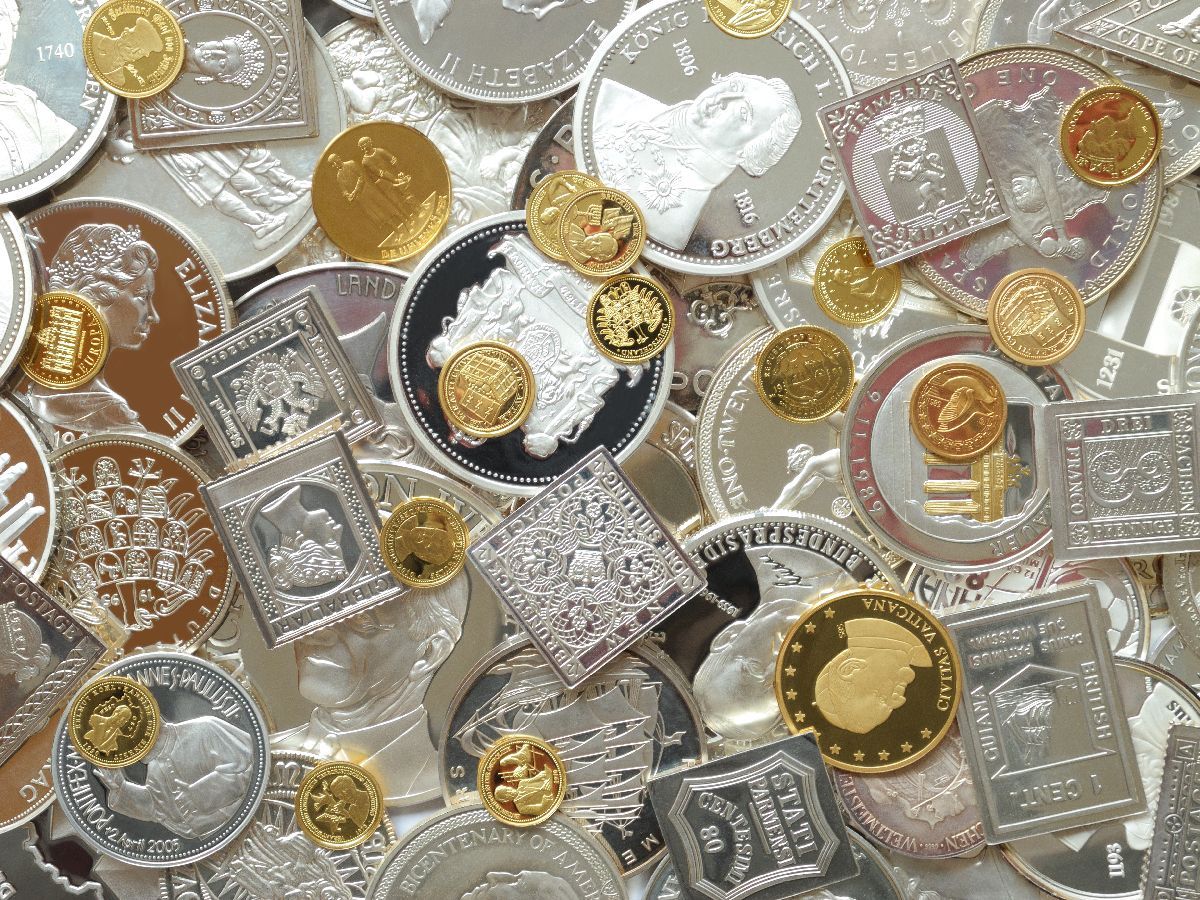
There is one more factor to consider when it comes to buying gold and silver. This is called numismatic value. This is often defined as “the price you can reasonably expect to receive through the sale of a circulated, uncirculated or proof coin from your collection”.
Numismatics is the collectible value of a particular coin or paper money. Collectible value is increased based on demand and rarity. The higher the demand for a collectible and the fewer of the collectible item there is the more the value.
You can spend a lifetime learning more about numismatics. For now it is enough to know that some coins have an additional cost because of their numismatic or collectible value.
Numismatic Value = Collectible Value based on a particular coins rarity and quality.
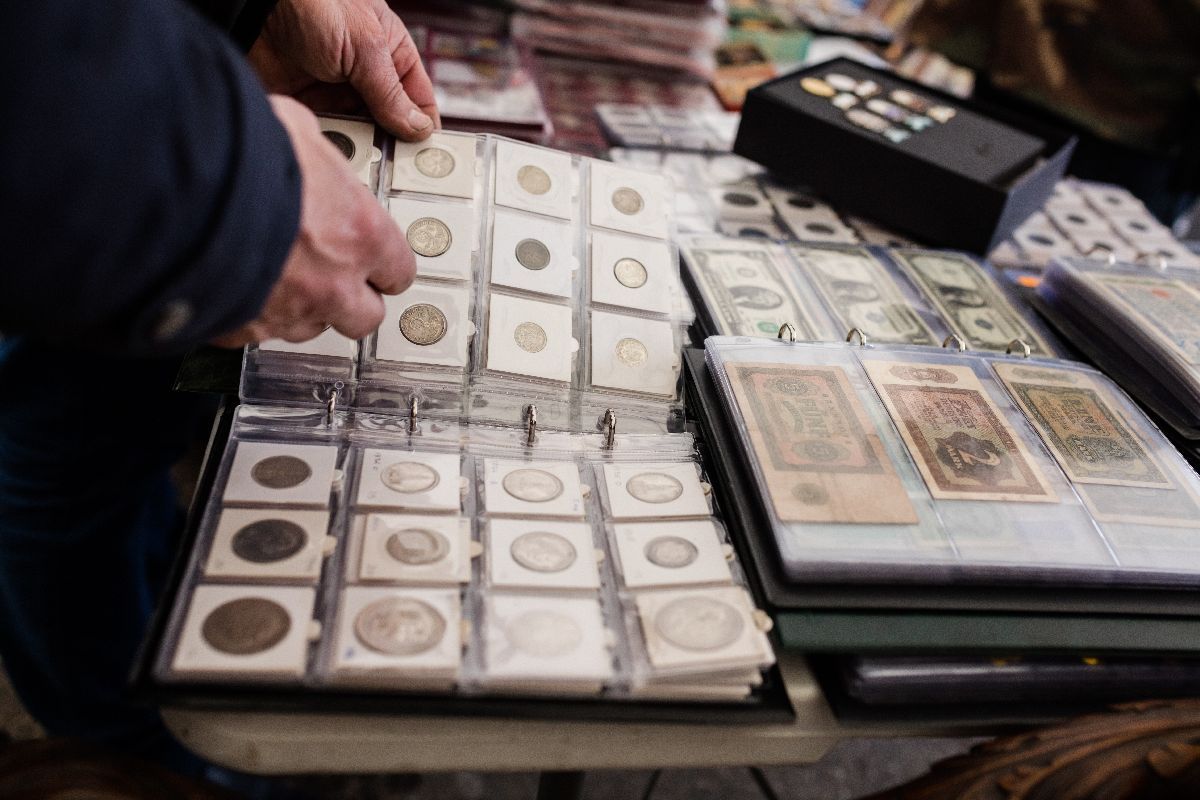
When you add spot price plus premium and then factor in the numismatic value you get the cost that you will have to pay for a particular precious metal coin or bar.
Understanding spot price, premium and numismatic value will also help you have an intelligent conversation with any dealer who is selling precious metal coins or bars. When you understand the basics of why precious metals cost what they do you can make sure that you are getting the best deal possible from your dealer. Now you won’t get taken advantage of and you can use this information to be able to know if the deal you are being offered is a good deal or if you need to look elsewhere.

